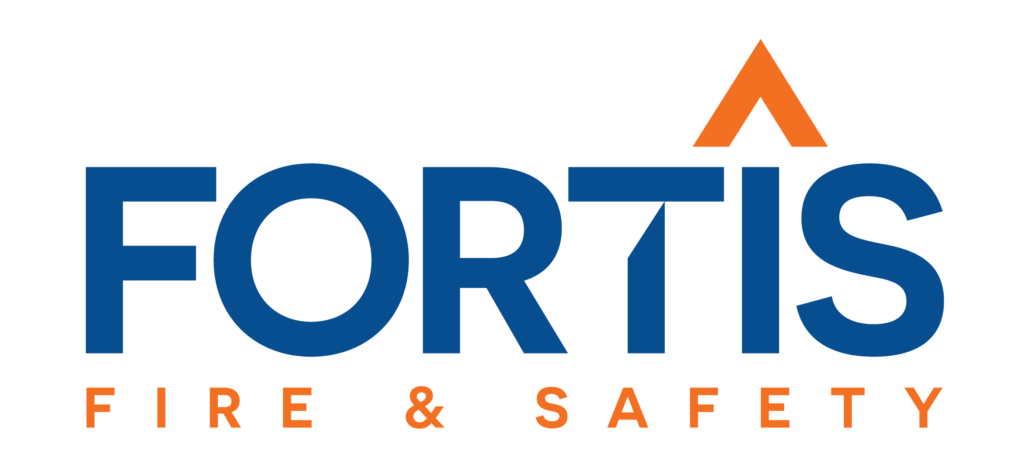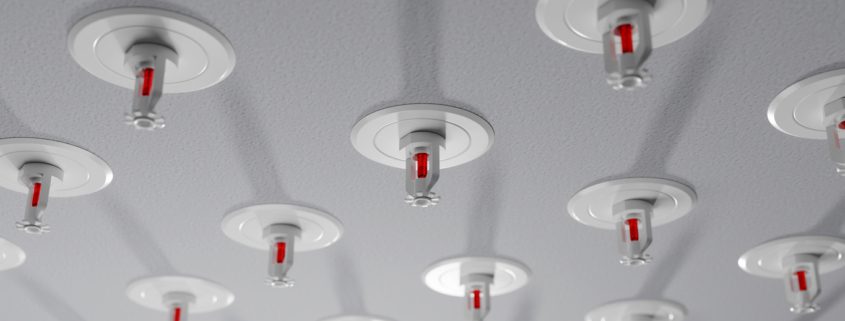Updates in Fire Sprinkler Systems
The fire sprinkler industry is experiencing significant changes and challenges, requiring professionals to adapt and innovate in order to meet evolving needs. In this blog post, we will explore the recent developments in the fire sprinkler industry, including shifts in projects, clientele demands, and the importance of system updates. We will also discuss the material shortage issue and the strategies employed to ensure effective client communication and the training of new employees. At Fortis, we understand these industry dynamics and strive to provide cutting-edge expertise and solutions in fire protection planning, design, and construction.
Fire Industry Changes
We’ve seen a lot of recent challenging changes in our sprinkler industry including:
- Finding enough manpower
- Finding employees with talent
Project Shifts
Types of projects have also changed. We used to have a world where retail and brick and mortar were a big commodity of projects. Today with the uptake of e-commerce and increased online shopping, we’ve seen big changes in the types of projects. For example, brick and mortar retail spaces are not as prevalent as warehousing. Warehousing now has been pushed up.
Clientele
Many of our clients are big-box companies that are looking for storage. This means they are searching for warehousing. However, there’s not enough warehousing out here. What we’ve seen in the last two years is that simply rehabilitating buildings, upgrading buildings provides a higher level of storage. Currently, many distribution centers are coming up. The Amazons and the Targets of the world are looking for space and for distribution centers.
So as we look at warehouse spaces, things do change. The solutions to the sprinkler systems definitely change. We need to upgrade them. The systems that are in there now are only as good as the storage that they had previously. As the storage grows in height, and as we start to put more material handling equipment in there, we need to upgrade systems.
Three Sprinkler System Updates
There are three different ways that we usually look at it. The first and easiest way is looking at the systems that are in place already. If we change sprinkler heads and make current ones larger sprinkler heads to provide more water, that’s one way to update the system.
A second way is to actually upgrade the system for a higher density. Once those higher densities are in there, we must consider if interactive sprinklers or any other sprinklers need to be included that are different from what the system demands.
The third way is we have to consider if they’re storing plastics and higher commodity systems or higher commodities. If so, we need to protect the commodities with ESFR systems. This means early suppression and fast response systems are popular now. Now we’re going into the buildings and tearing out old systems to put in new ones to accommodate what they’re putting in the buildings.
Material Shortage
As we upgrade these systems, the most challenging part is trying to actually buy materials. There’s a shortage throughout the industry trying to find piping and materials for actual systems. Pricing throughout the industry has also gone through the roof, making purchasing material tough.
It also costs building owners more money. Many owners want to lease out these buildings to the Amazons, the Targets, or the Sketchers. What’s tough for us is that we’re getting pushed on every project to upgrade this quickly. That’s probably one of the challenges that we’re meeting right now is materials, manpower, and getting things done on time for customers.
One of the things that we’re doing is trying to get contracts in place quickly. And then what we’re able to do is try to go out and procure our materials early.
So we’re saying, “Hey, if we can buy the materials quickly, then we can have it on site. We’re not having to worry about time spans or how long it’s going to take to get equipment.”
Client Communication
One of the things we’re trying to ensure is going out and purchasing the materials as quickly as possible. On our side, it’s good because we’re getting quicker contracts.
The other solution is just making sure that we communicate well with our clients, to say, “Hey, what exactly are you doing?”
We make sure that we provide them with the correct systems, the correct products, and that everything that meets their needs because there’s nothing worse than getting something in that doesn’t meet their needs. So we’re really aiming to satisfy our customers. Obviously, our customers are number one, so we’re making sure that we go after them.
How do we train new employees?
We’ve been able to bring in individuals with less experience. We provide them with a training program or an apprenticeship program that allows them to eventually receive their certification as a pipe fitter.
In the state of California, they’re required to have a fitter card. So we’re bringing them in, and we’re trying to grow them from down up, right from the bottom up. Let’s get these employees in quickly and train them. It’s a five-year program that develops them and our crew.
When it comes to manpower, we are aiming at growing within through finding tradesmen. We’re even speaking to high schools, trade schools, or anywhere we can to get somebody interested in the fire protection industry. That’s probably been our biggest gap in this industry throughout the last 30 years.
Learn More About Fortis
At Fortis, we provide cutting-edge expertise in fire protection planning, design, and construction. We understand the challenges that modern facilities face and utilize our experience to find efficient and cost-effective solutions. From initial planning to acceptance testing and beyond, we offer a comprehensive suite of services.
We utilize the latest in computer-automated design to map out your system so we know the exact specifications before we even set foot on your job site. No need for drawings, we can map your facility and create blueprints from scratch.
We facilitate BIM coordination for new construction projects. We work with your BIM coordinator to load in our plans to avoid structural conflicts before they happen.
Additionally, all of our designers are NICET certified in their respective fields.
Learn more about our fire protection services, here.




